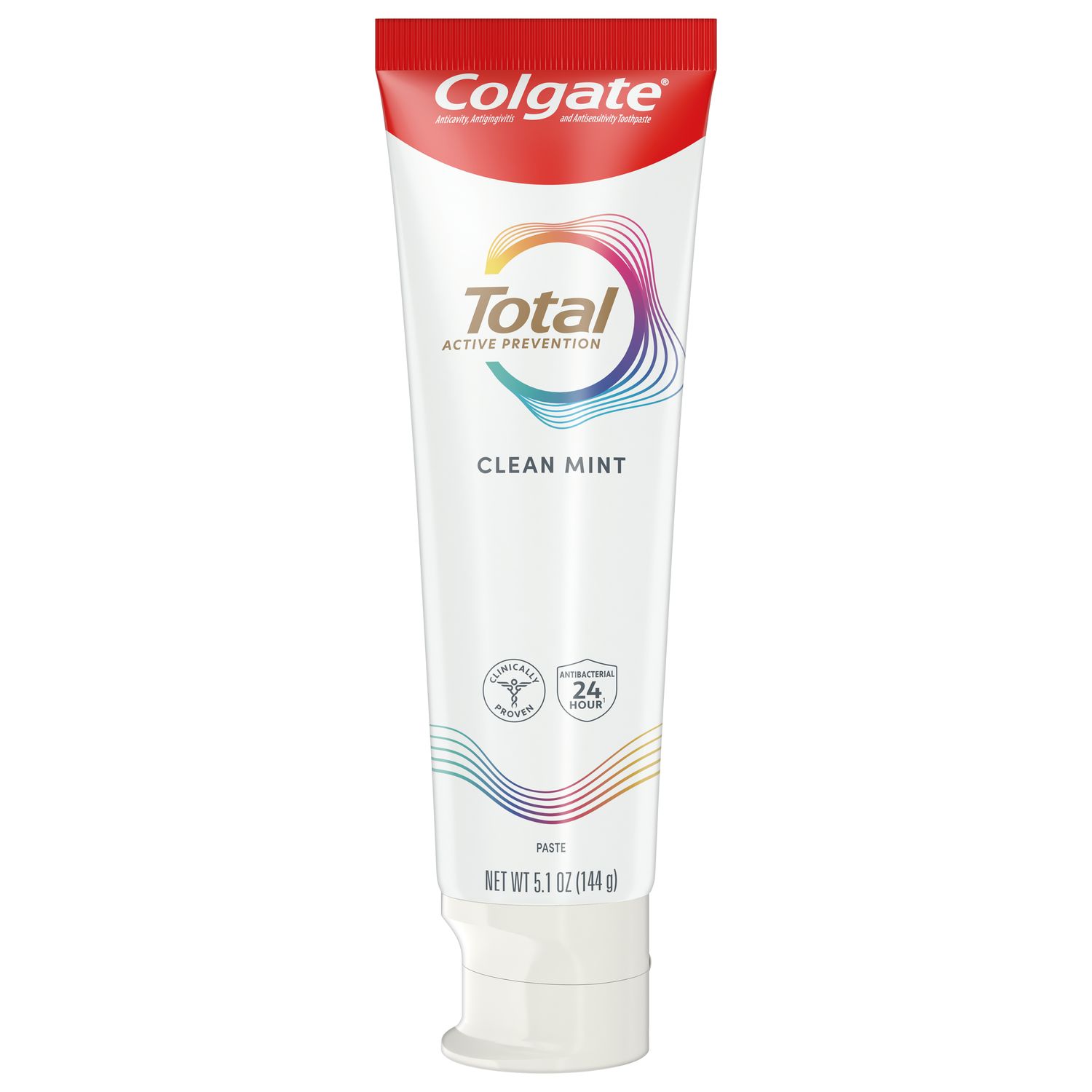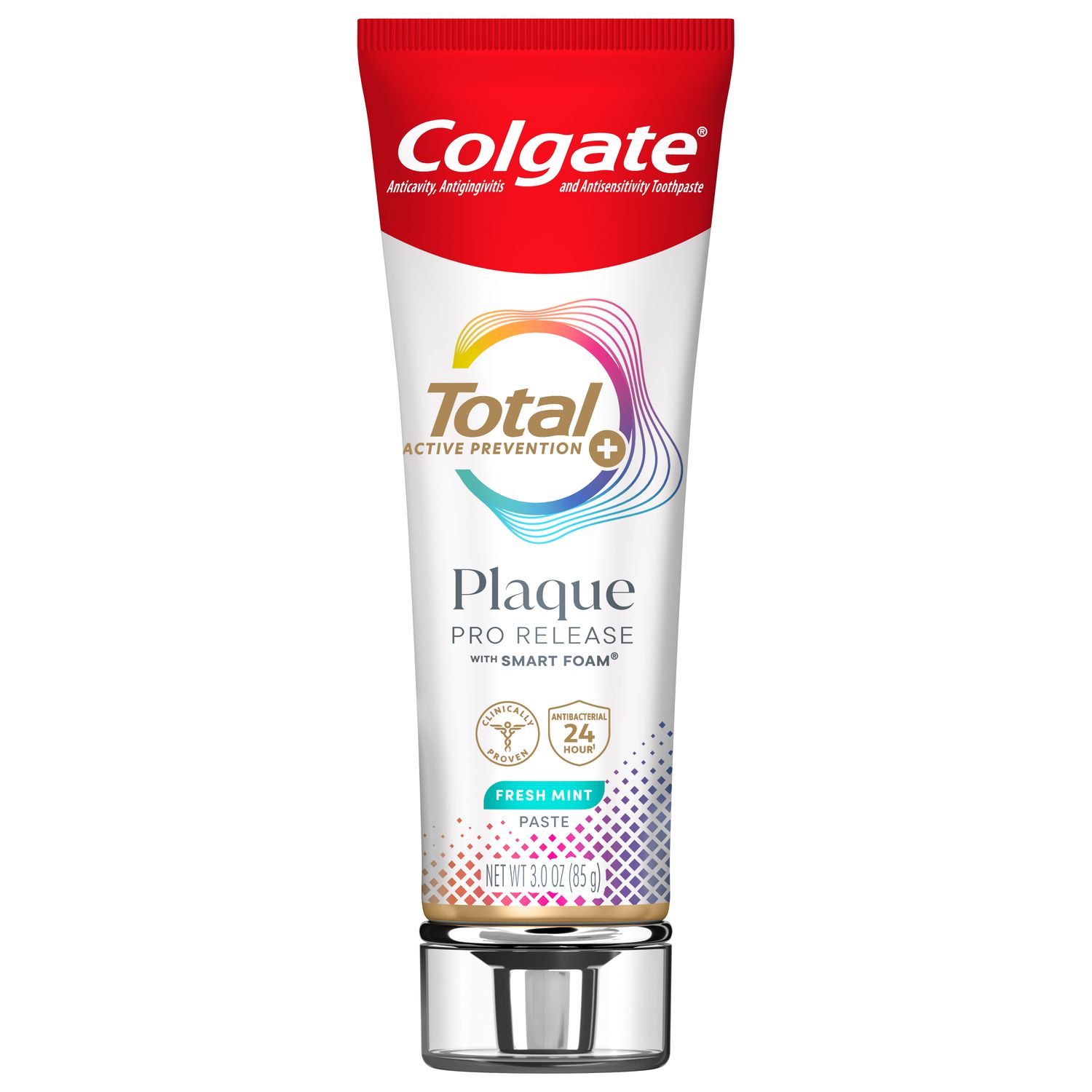
Rising from the chair after performing your final dental procedure of the day, you pause, letting the discomfort in your back settle before walking out. Your neck aches and your shoulders droop, and you realize it's only Tuesday. It's time to ask yourself how to improve your posture in the dental clinic.
Pain and exhaustion at the end of the day may seem like part of the job to some dental professionals, but they don't have to be. What are some strategies you can employ to help prevent pain?
The Importance of Ergonomics
Ergonomics is the scientific discipline that studies how workers and other aspects of a system interact, and how that system can best be designed for well-being and outcomes, according to the International Ergonomics Association. It encompasses tasks, tools, surrounding environments, and human mental and physical capabilities. Ergonomic considerations in the dental office range from posture and lighting to how you reach for your instruments.
In dentistry, we often find ourselves performing repetitive motions, possibly in a cramped or twisted posture, such as leaning over a patient. As the Journal of Physical Therapy Science explains, poor posture combined with these repetitive motions may lead to pain, fatigue and musculoskeletal problems.
The International Journal of Occupational Safety and Ergonomics (JOSE) describes how our bodies engage in protective muscle contraction in response to pain, resulting in stiff joints and herniated or degenerated spinal discs. The good news? Being able to identify your bad posture and make improvements may help you prevent injuries.
Pain: A Common Problem
According to a study published by the British Dental Journal Team, musculoskeletal disorders are the leading cause of illness-related early retirement for dental professionals. Common problem areas include the lower back, shoulders and hands.
Early stages of musculoskeletal disorders can go unnoticed by a dental practitioner. It's important to be aware of your working habits and posture, and to consider any risk factors for these disorders. As determined by the Pakistan Journal of Medical Sciences, risk factors include:
- A habit of prolonged sitting and standing
- A frequent hunched or stooped posture
- Working without an assistant
- Not taking breaks
- Not using preventive strategies such as relaxation and stretching exercises
How to Improve Your Posture
Whether you are still at the beginning of your career or mid-way through your career, it's important that you develop good habits. Here are a few simple steps you can take every day to help prevent and minimize injuries.
- Select a stool for lumbar support, adjusted so that you sit with your feet flat on the floor and your thighs sloped downward. If you are unsure which stools would provide good lumbar support, a dental convention may be a good place to start by looking at different options and your dental supplier/vendor may be able to help you determine which stool to choose.
- Position the patient in a manner that helps you stay in ideal ergonomic form to avoid straining your neck and back.
- Use appropriate lighting to minimize strain to your eyes and to help prevent your neck from craning forward.
- Design your operating area so that you can easily reach and grip your instruments.
Taking time during the day for brief stretches like those described by the American Dental Association can also encourage your muscles (and mind) to relax. Stretching exercises can also help to relieve discomfort/pain. If pain/discomfort is not relieved by stretching, or you are experiencing ongoing or severe pain, visit your medical office. You may also be referred to a physical therapist or other specialist who can offer suggestions on how to improve your posture.
Taking action to help prevent musculoskeletal problems can help you stay active and positive despite the physical risks of our profession. If you make ergonomics a priority, you may be rewarded with a long, healthy career.
Join us
Get resources, products and helpful information to give your patients a healthier future.
Join us
Get resources, products and helpful information to give your patients a healthier future.













